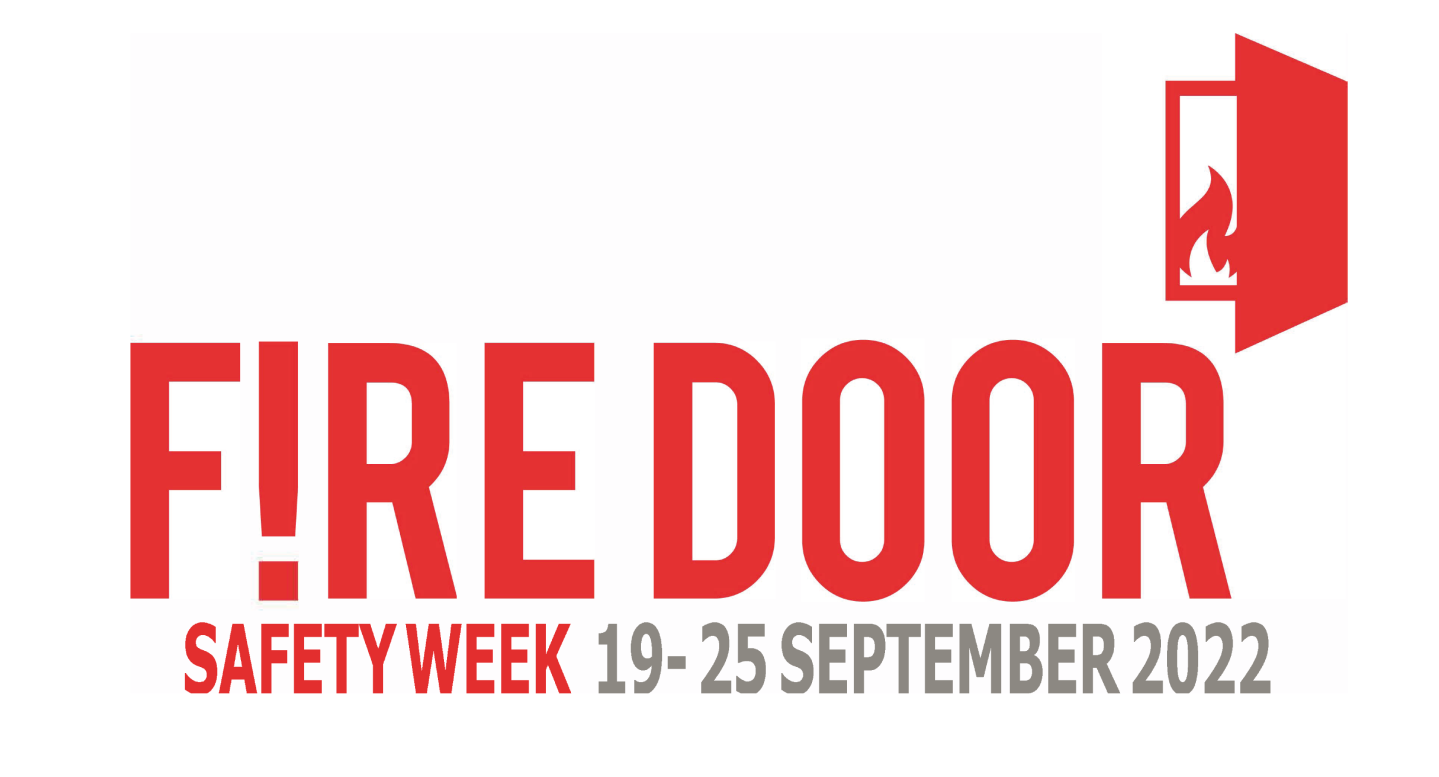Fire Door Safety Week 2022
19th Sep 2022

For the past eight years, the Fire Door Safety Week campaign has worked hard to highlight the importance of fire doors and good fire safety practice.
It’s crucial to understand the factors that ensure a fire door performs as intended. Product manufacture, quality, installation, and maintenance all play a part. Their correct specification, maintenance and management can be the difference between life and death for building occupants, as can their use.
At Blocsphere, it’s important that our residents understand the importance of fire doors and how they should be correctly maintained and managed. We’ve put together this guide to provide the relevant information.
What do fire doors do?
Fire doors save lives and prevent further damage to the building and its contents:
- They contain the fire in the room in which it started
- Fire doors keep escape routes, such as corridors, clear from fire, giving occupants of the building longer to escape and better access for the fire service
- They protect the remainder of the building, its contents and other buildings nearby from further damage.
What makes a fire door work?
In everyday use a fire door is just as any other door. However, if a fire breaks out, the fire door, unlike any other door, must then perform its prime purpose – to protect lives and to prevent the passage of the fire to other parts of the building or to another building.
A fire door is not just a door. It’s a complete assembly comprising of the following components:
- Door leaf
- Frame/ lining
- Intumescent seals
- Latch or lock
- Installation
- Regular inspection & maintenance
- Hinges
- Frame/ wall sealing
- Door closer*
- Signage*
- Other ironmongery*
- Fire door glazing*
- Threshold seals*
- Smoke seals*
- Air transfer grille (ATG)*
*Optional/if required
All these components play a critical role in fire performance, one small change can lead to a big impact on fire safety. Always check the fire door certificate for compatible specification.
How can I do a basic check on my fire doors?
Here’s 5 basic checks that you can do on your fire doors, although they cannot replace a full inspection by a qualified specialist, they can highlight any immediate issues.
Five things to check for fire door safety:
- CERTIFICATION
Look for a label, a plug or similar marking to show that it’s certificated and follow the instructions. IMPORTANT: all ironmongery such as locks, latches, closers & hinges, MUST be CE marked and compatible with the door leaf’s certification.
- APERTURES
Altering the door for glazing apertures and air transfer grilles will make certification VOID.
- GAPS AND SEALS
Check the gap around the door frame is constant and around 3 to 4mm and CE marked hinges are firmly fixed with no missing screws. Ensure seals are fitted at the top and sides of the door.
- CLOSERS
Check that the close shuts the door onto the latch from any position – check from 75mm from the closed position.
- OPERATION
Ensure the door closes correctly around all parks on the frame.
#FDSW2022
Click here to find more advice and information on the Fire Door Safety Week website.